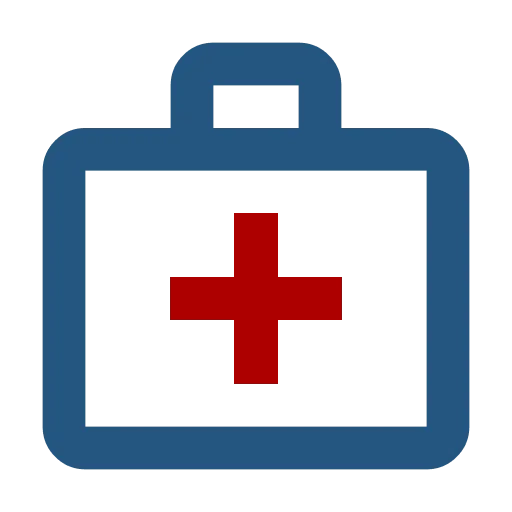Foot and Hand Fungal Infections


Introduction
Introduction
Fungal infections are common in Switzerland, with nearly one in five people experiencing a fungal infection at least once in their life. The medical term for fungal infections of the hands and feet is 'dermatophytosis', which simply means a fungal infection that affects the skin.
Fungal infections are most often recognised by cracks and flaking of the skin, usually between the toes. Inflammation may be present but is not always the case. Some infections are more pronounced with redness and moist, softened skin.
The areas most commonly affected are the spaces between the toes, sometimes extending under the foot. It is sometimes referred to as 'athlete's foot' because moisture and perspiration promote fungal growth.
Diagnosis is usually made by a simple examination of the skin by the doctor, who can make the diagnosis just by looking at the skin.

Causes
Causes
A filamentous fungus called trichophyton rubrum is responsible for most foot fungal infections. Plantar lesions are favoured by possible circulatory problems and the wearing of waterproof shoes. Humidity and heat are contributing factors.

Treatments
Treatments
Treatment includes antifungal medications applied directly to the affected area or, more rarely, orally, as well as measures to keep the feet dry. For foot fungal infections, for example, you should dry your feet thoroughly after showering and wear well-ventilated shoes.
Topical application of an antifungal treatment should be generous and two to three centimetres beyond the lesions. The doctor may sometimes prescribe an oral treatment if the lesions are extensive or present in several parts of the body.

Attention
Attention
People with diabetes or circulatory problems should take special care of their feet, as they are more at risk of developing infections with potentially serious consequences.

Find out more
Find out more
More information can be found on the iMpuls magazine website in the article How to treat a foot fungal infection?